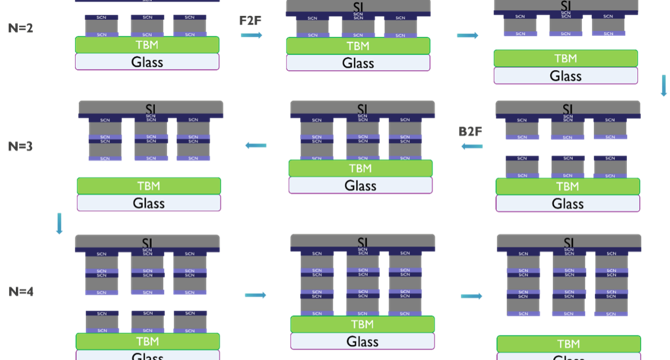Semiengineering
1w
411

Image Credit: Semiengineering
Big Changes Ahead For Interposers And Substrates
- Interposers and substrates are transitioning from intermediaries to engineered platforms, driven by AI, HPC, and next-gen communications.
- The industry is facing challenges due to the inability of traditional packaging to keep up with silicon scaling, creating performance bottlenecks.
- Evolution in interposers and substrates includes finer redistribution layers, hybrid bonding techniques, and multi-material integration.
- Organic and glass interposers are replacing silicon, offering higher interconnect densities and larger package sizes.
- Glass substrates provide mechanical stability and ultra-fine RDL capabilities, posing manufacturing challenges like warpage control.
- Advanced packaging demands finer line/space resolutions for RDLs, supporting chip-to-chip interconnects and fan-out panel-level packaging.
- Manufacturing challenges involve panel-level processing, uniformity, lithography, and warpage control in high-density interposer designs.
- Thermal management in interposers and substrates is crucial for dissipating heat in high-performance computing and chiplet-based architectures.
- New materials like glass-core composites and hybrid substrates are being explored to enhance thermal performance and reliability.
- Hybrid bonding and direct copper interconnects are emerging to support sub-10µm interconnect pitches, posing challenges in manufacturing and defect mitigation.
- AI-driven predictive modeling and advanced simulation tools are critical for ensuring long-term reliability in complex interposer and substrate designs.
Read Full Article
24 Likes
For uninterrupted reading, download the app